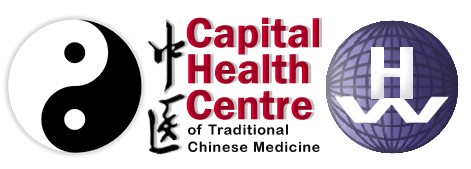The Structure of Chinese Herbal Formulas
Traditional Chinese herbal medicine involves a complex structure of natural ingredients that provide important benefits, and work together to treat your body holistically. Herbalists can create a unique formula for personalised treatment based on an individual assessment, and analysis of your symptoms, patterns of disorders, history, and experiences. From here, the specific herbs can be chosen to best suit your needs, and work through the patterns of imbalance within your mind and body.
Traditional herbal medicine is one of the main methods of healing therapies. Other health professionals such as naturopaths also tend to work with herbal therapy, however with Chinese herbal medicine there is a structured formula of the herbs that are used. Herbal prescriptions incorporate around 3-30 herbs depending on what will benefit your specific healing, and how the herbs, and their specific groups, interact and work together to support your overall balance and wellbeing.
The structure of Traditional Chinese herbal medicine typically involves:
- The main herbs, or emperor herbs, which are the key herbal ingredients that are chosen to best treat the primary conditions, symptoms, or underlying root causes of imbalance. There are typically 1 or 2 of these herbs chosen for each formula.
- Minister herbs are also very important, serving a support role, and treating secondary symptoms. There are usually 1 - 4 of these herbs in each formula.
- Assisting herbs have a certain role of treating other underlying symptoms and discomfort, and assist and strengthen the other herbal properties. There are often 2 - 7 assisting herbs in each formula.
- Adjunct herbs are energy based medicine, and have the primary role of connecting the meridians within the body to guide the herbal energies to the specific parts of the body or meridians (pathways of qi) that need focus. By doing so, the herbal medicine becomes more effective and can reach more areas within the body to target specific symptoms. For example, the energy flow can rise up to the head, or shoulder depending on the specific adjunct herbs used within the formula. There are usually 1 - 3 of these herbs within each formula.
These types of herbs, and their quantities make up the standard structure of Chinese herbal medicine. However, for children or people with special conditions, the complex herbal structure and its dosage can be adjusted or reduced to specifically fit the individual requirements and health needs of the individual, or to incorporate additional herbs that are more suitable. Herbal treatment is not just a ‘one fits all’ approach, and relies on a personalised process. The age of the client, any pre-existing medical conditions, and conditions such as periods or pregnancies are taken into account for your formula to be created so that it is effective, and suitable for you and your health journey. Herbalists also consider all of these factors and integrate them throughout their entire health practice.
Herbal medicine is also prescribed for periods dependent on your individual care needs, which may be anywhere from a few days to months. The time for you to notice the herbal effectiveness is dependent on your specific health concerns. It is a process requiring patience as it may take time for you to feel the therapeutic effects of the herbal medicine. Chinese herbal medicine also can be prescribed in a number of forms, typically raw or powdered versions. Raw herbs require the cooking and drinking of the herbs, while the powdered form is even simpler, and can be consumed similarly to a herbal tea.
This holistic approach towards your body’s imbalances incorporates carefully formulated herbal medicine, a consideration of your underlying conditions and patterns, and the balancing of Yin and Yang within the herbal properties to best support your health and wellbeing, and to reduce the severity of your health concerns. Traditional Chinese herbal medicine not only targets your specific symptoms, but also treats any underlying issues to support your overall health and wellbeing holistically.




